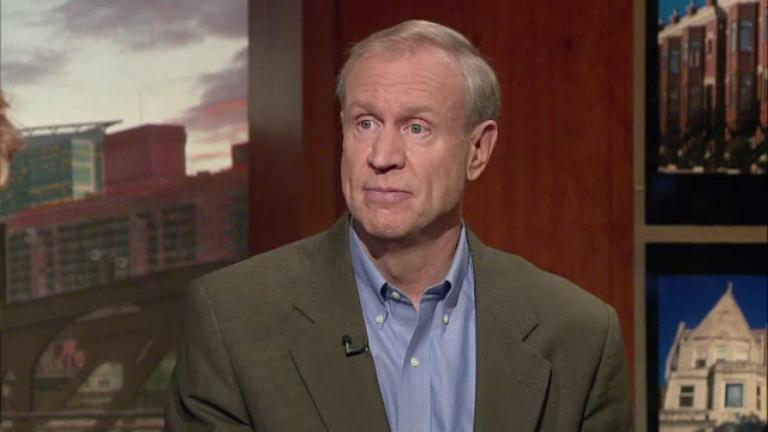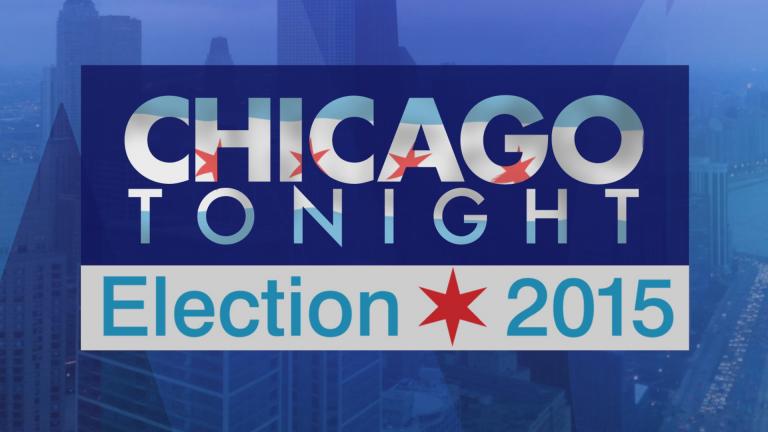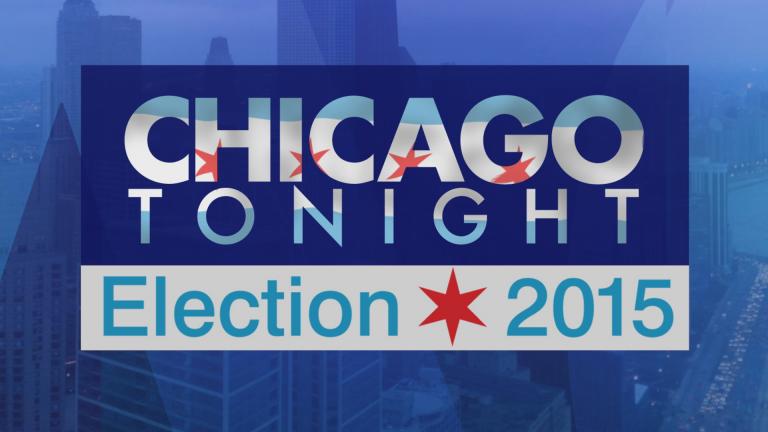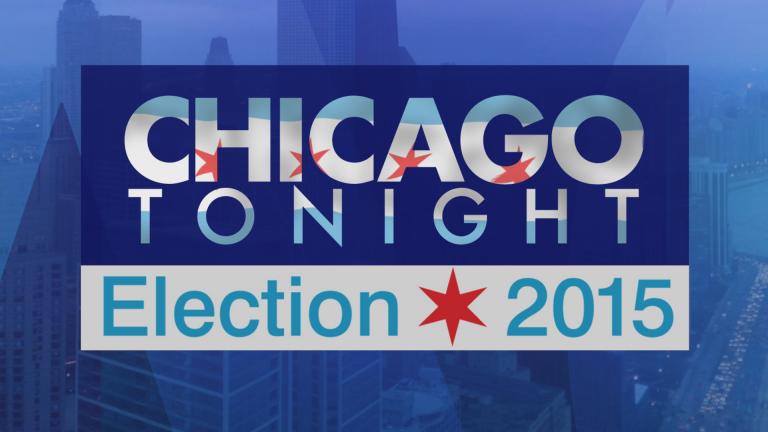With voting day underway, it's a close one for the Illinois governor's race. We sit down with our panel to discuss what the winner will face politically and economically over the next four years; and the implications of a possible Republican-dominated Congress.
GOP Congress
On the morning of Election Day, FiveThirtyEight Editor Nate Silver gave Republicans a 3 in 4 chance of winning the U.S. Senate. If Silver’s prediction holds true, President Barack Obama would join George W. Bush, Bill Clinton, Ronald Reagan, and Dwight D. Eisenhower in the list of presidents who’ve lost control of both Congressional houses in their final two years in office, according to The Huffington Post.
Negative Campaigns
According to a Chicago Tribune report, Gov. Pat Quinn and Republican challenger Bruce Rauner are on track to spend more than $100 million on Illinois’ gubernatorial race. That amount doubles Illinois’ previous record. The Center for Public Integrity estimates Rauner spent $10.3 million on negative ads specifically targeting Quinn. On the other hand, Quinn spent $15.2 million on negative ads targeting Rauner.
National Races
With pollsters looking at every race as control of the Senate hangs in the balance, Kentucky is seeing high turnout in urban areas as Democratic challenger Alison Lundergan Grimes hopes to unseat U.S. Senate Minority Leader Mitch McConnell. In Georgia, The Washington Post is already speculating on a possible run-off election for both governor and Senate.
Economic Outlook
Regardless of the winner in the Illinois gubernatorial election, a number of issues will stay the same. The state made headlines back in July, when Standard & Poor’s Rating Services gave Illinois an A- bond rating, ranking it last in the U.S. And a recent guest commentary in Forbes characterized Illinois’ pension issue as “a bitter battle between unions and reformers.”








